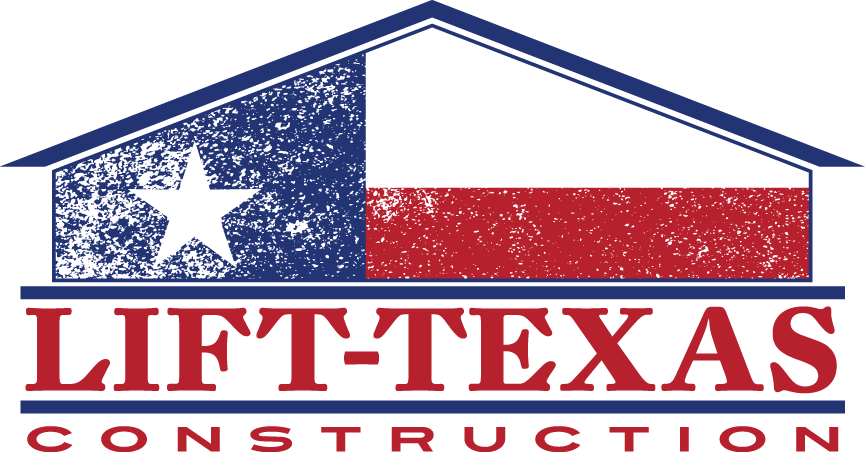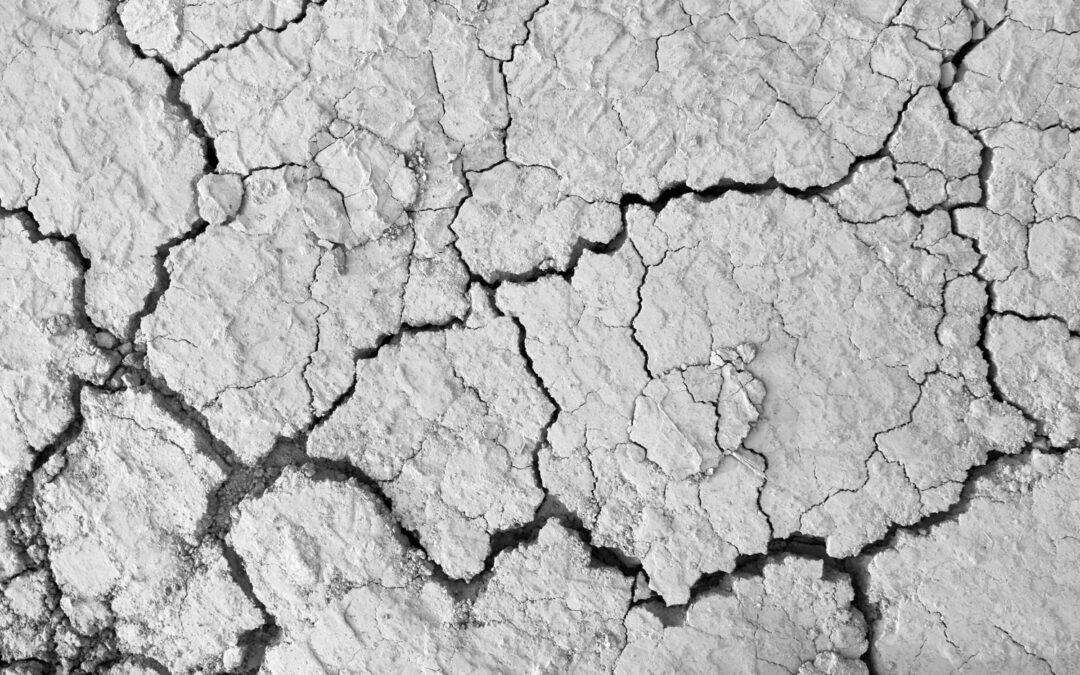Foundation cracks after a rainstorm might just seem like a minor inconvenience, but they can actually spell big trouble for homeowners. Rainstorms, particularly in the DFW area, often come with unpredictable weather patterns that can push your home’s foundation to its limits. Those little lines you spot in your walls or floors? They could be a sign that your home needs some urgent care.
The reason foundation cracks worsen after rain isn’t just about the volume of water coming down; it’s about what that water does when it hits the ground. Understanding how rain affects your home can help you spot potential issues early and decide when it’s time to take action on repairing your foundation.
Why Rain Storms Affect Foundation Cracks
When rainwater hits the soil surrounding your home’s foundation, it begins a process that could widen those pesky cracks. Picture this: rainwater saturates the soil, turning it from a compact, supporting layer into a swollen, heaving mass. This change doesn’t happen overnight, but it’s a significant factor in why your foundation might not be as solid as it once was.
Soil tends to expand when wet and contract when it dries out. This cycle of expansion and contraction creates movement around your home’s foundation, which can exacerbate existing cracks. This is not a problem solely tied to heavy rain; even moderate storms can trigger this cycle over time. The end result is often those annoying cracks that seem to grow bigger and more noticeable after each storm.
Consider the ground as a sponge. When it rains, the sponge soaks up the water, growing larger and pushing outward in all directions. Once the storm passes and the water begins to dry out, the sponge shrinks and contracts, pulling back in. This back-and-forth motion places stress on your foundation, leading to the widening you might be seeing. Understanding this process can give you a clearer picture of why foundation care is vital, especially after rainy spells.
Signs That Your Foundation Is Worsening After a Storm
After a stormy night, it’s wise to inspect your home for clues that point to worsening foundation cracks. A common first sign involves cracks in walls and floors. These might grow more noticeable over time, indicating that underlying issues are expanding. Additionally, pay attention to doors and windows that suddenly seem reluctant to open or close properly. This stickiness is often a result of your house settling unevenly due to shifting foundation.
Another red flag is uneven or sloping floors. You might notice that your floors don’t feel entirely level, or you see rolls moving on their own across the room. This slanting isn’t just an annoying quirk; it’s a signal that calls for immediate attention. Keep an eye on gaps developing around window frames or exterior doors, too. Any of these symptoms should prompt you to consider a closer examination of your foundation, particularly after heavy rain.
Preventive Measures to Protect Your Foundation
Taking steps to safeguard your foundation can save you from headaches down the line. One effective strategy is enhancing drainage around your home. The use of gutters and downspouts that direct rainwater away from the foundation is crucial. Also, regularly check these systems to ensure they’re clear of debris.
Landscaping also plays a key role in foundation protection. Ensure that the soil around your house is sloped away from the foundation. This way, rainwater is less likely to pool near the base of your home. Planting shrubs and flower beds strategically can also help absorb and divert water. Here are some quick tips:
- Install downspouts that extend several feet away from your foundation.
- Add mulch to landscaping beds to help manage moisture.
- Regularly inspect your foundation for cracks or signs of wear.
By integrating these preventive practices, you are taking active steps to maintain the health of your home’s foundation and avoid issues before they escalate.
Professional Solutions for House Foundation Repair
Even the most diligent maintenance can’t entirely fend off foundation problems. Sometimes, these issues necessitate professional intervention. Persistent foundation cracks or significant settling should be addressed by experts to ensure a thorough and lasting fix. Repair methods such as piering and slabjacking are commonly used to restore stability. Piering involves driving steel piers into the ground to support the foundation, while slabjacking lifts the concrete back to its original level.
Timely repairs offer numerous benefits. They prevent further damage, maintain your home’s value, and ensure your living environment remains safe and comfortable. Seeking professional help ensures that the right techniques are applied, tailored to your specific situation, and completed with precision.
Stay Safe and Secure During Rainy Seasons
Continuous upkeep is key to preventing foundation issues during rainy periods. Regular check-ups on your home’s structural integrity can catch problems before they worsen. Don’t leave potential issues unnoticed; being proactive will save both time and money in the long run.
By partnering with experienced professionals, you can ensure that your home remains strong, safe, and secure, despite the unpredictable weather. The benefits of professional intervention lie in expert evaluations and repair solutions that offer you peace of mind and protect your investment. Doing so keeps your home in top condition, ready to face any new storm.
If you’re dealing with foundation challenges and want to ensure long-lasting stability, explore how Lift-Texas Construction can help you. Check out our expert solutions for house foundation repair and safeguard your home against future storms. Don’t let those pesky cracks become a bigger problem—trust professionals who understand your needs.

